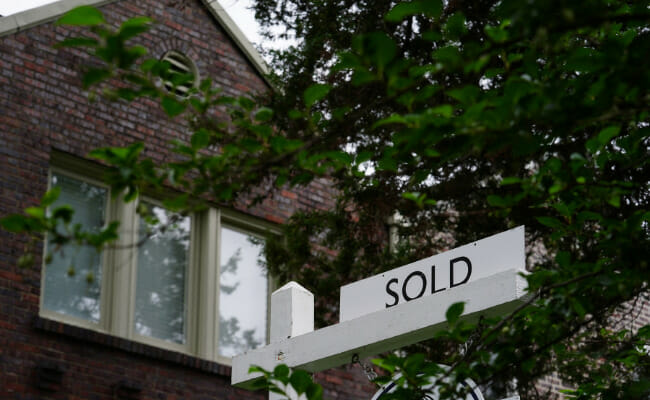US home builder sentiment plummets in July
U.S. homebuilder sentiment plummeted in July to the lowest levels since the early months of the coronavirus pandemic as high inflation and borrowing costs at their steepest in more than a decade brought customer traffic to a near standstill, the National Association of Home Builders said on Monday.
The NAHB/Wells Fargo Housing Market index fell for a seventh straight month to 55, the lowest since May 2020, from 67 in June, NAHB said in a statement. Readings above 50 mean more builders view market conditions as favorable than poor.
July’s reading was below all 31 estimates in a Reuters poll of economists, which had a median expectation for a decline to 65. Moreover, the 12-point drop was the second largest in series history dating to 1985, exceeded only by the 42-point plunge in April 2020 when most of the country was under a COVID-19 lockdown.
“Production bottlenecks, rising home building costs and high inflation are causing many builders to halt construction because the cost of land, construction, and financing exceeds the market value of the home,” NAHB Chairman Jerry Konter, a home builder and developer from Savannah, Georgia, said in a statement. “In another sign of a softening market, 13% of builders in the HMI survey reported reducing home prices in the past month to bolster sales and/or limit cancellations.”

A “sold” sign is seen outside of a recently purchased home in Washington, U.S., July 7, 2022. REUTERS/Sarah Silbiger
The current sales of single-family homes component fell to 64 from 76. The gauge of single-family sales expectations for the next six months fell to 50 from 61, while the prospective buyer traffic index tumbled to 37 from 48.
NAHB’s report is the first of a slate of data due this week on the flagging health of a housing market that had boomed through much of the pandemic. Americans in search of more living space, often outside of cities, and flush with cash from pandemic relief payments, big stock market gains, and access to mortgages sporting record-low interest rates thanks to Federal Reserve rate cuts had sent the housing market into overdrive and house prices surging beginning in the summer of 2020.
Now, much of that is rapidly reversing as the Fed – facing inflation running at the highest in four decades – has begun raising interest rates and is far from done on that front. The central bank has lifted rates by 1.5 percentage points this year from near zero and could hike them by another 2 points or more by year’s end.
The Fed hopes its rate hikes – and a reduction in its holdings of nearly $9 trillion in U.S. Treasury and mortgage-backed securities – will cool the hot consumer demand that for a variety of reasons is outstripping the supply of goods and services and driving inflation higher.
The housing market is particularly interest-rate sensitive and so far stands out as the sector most visibly affected by the Fed’s policy shift. Home borrowing costs have surged this year, with the contract rate on a 30-year fixed-rate mortgage recently approaching 6%, the highest in 14 years, according to the Mortgage Bankers Association.
In addition to the weakness in the new home market evident in the NAHB data, sales of existing homes had fallen for four consecutive months through May, and data due on Wednesday from the National Association of Realtors is expected to show that the decline continued in June, with a sales pace seen at the lowest since June 2020.

